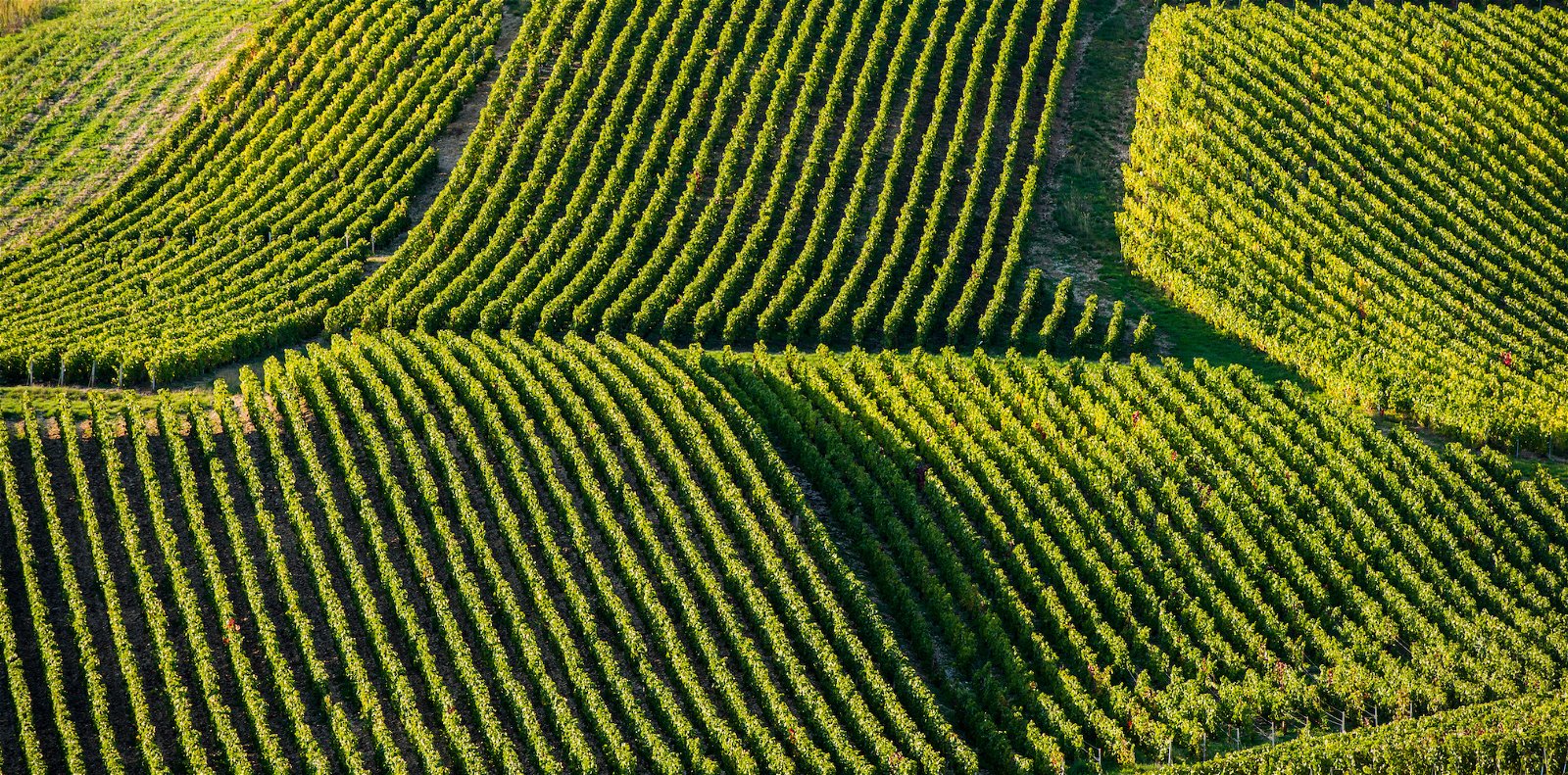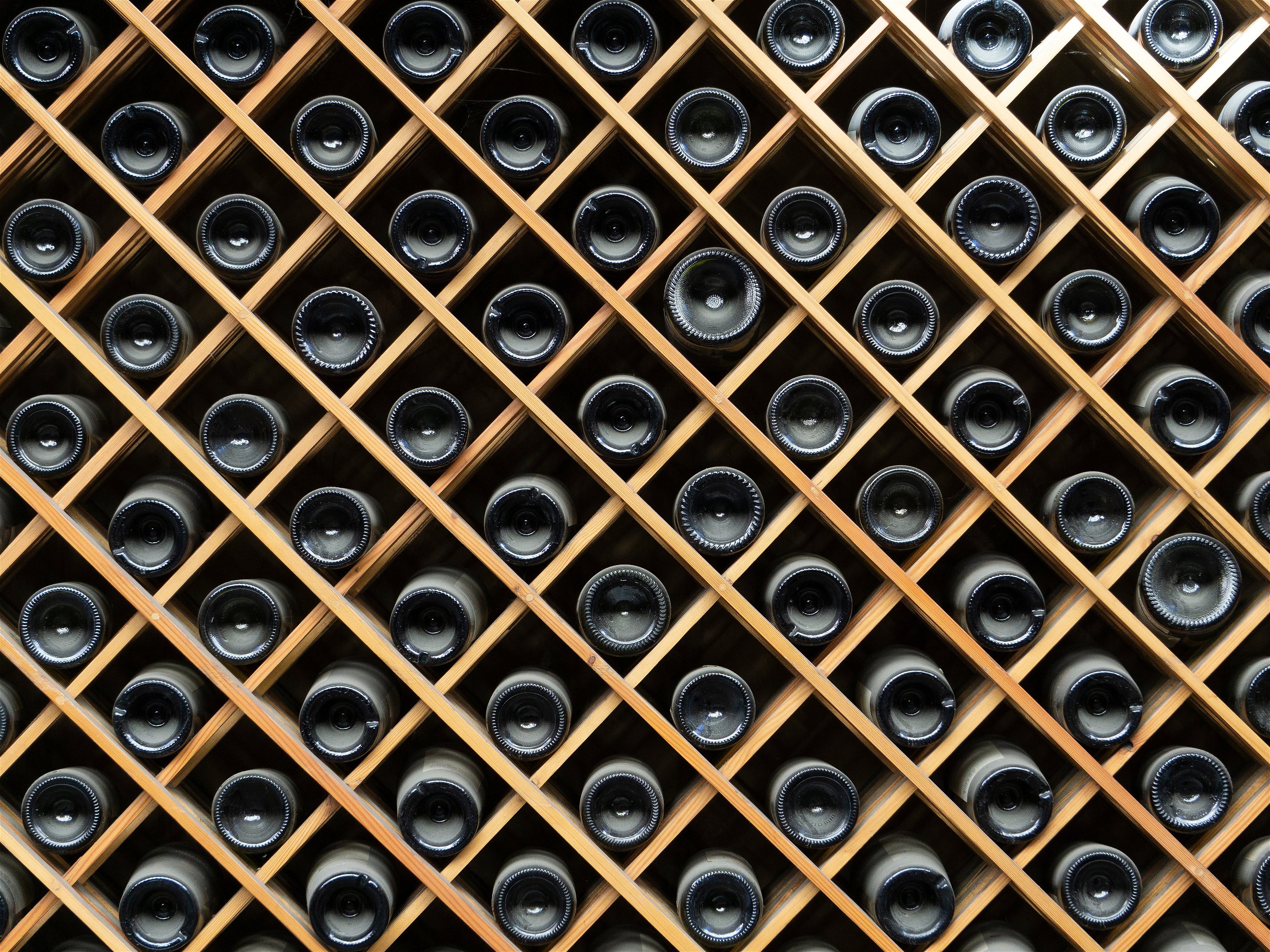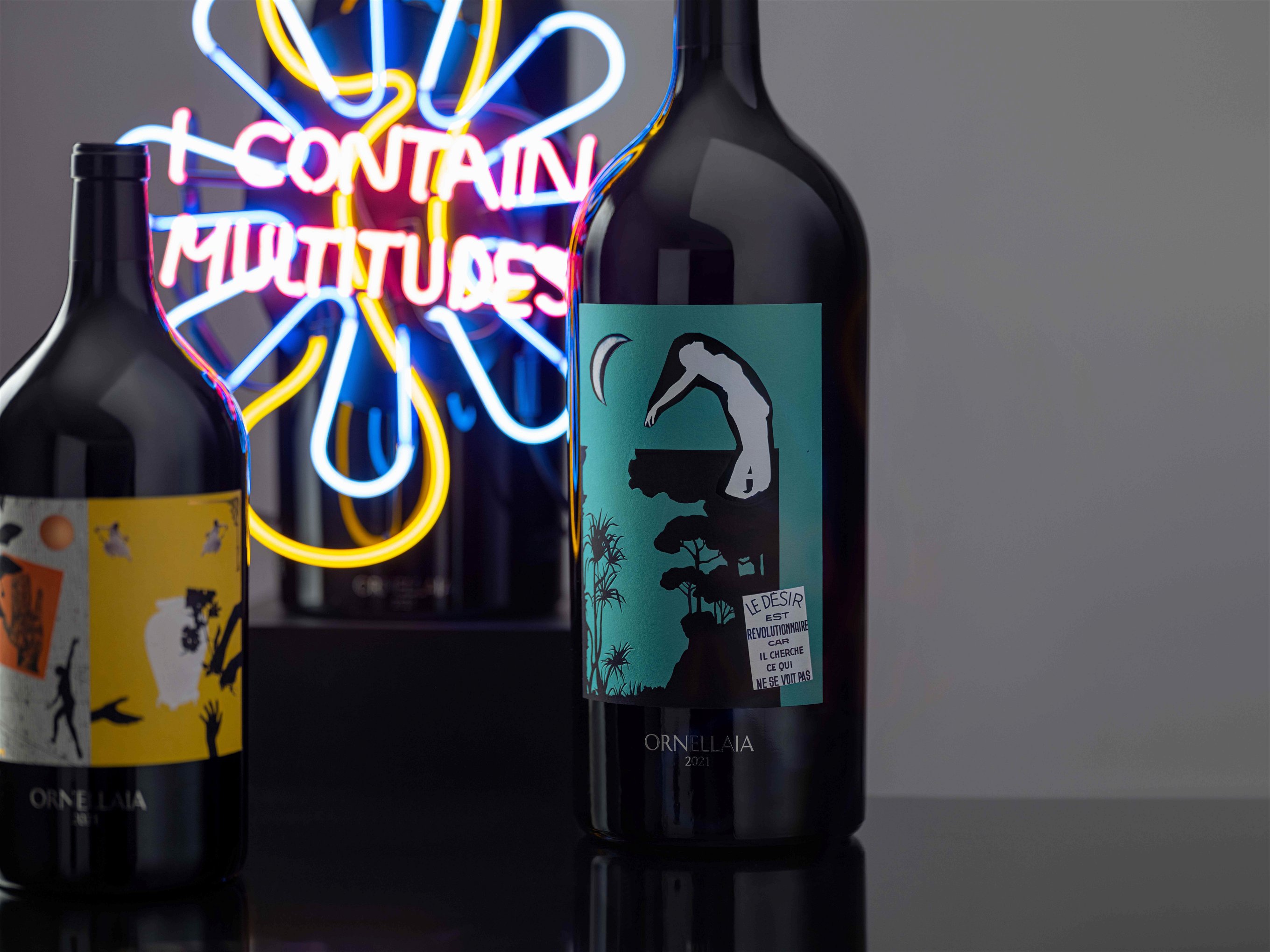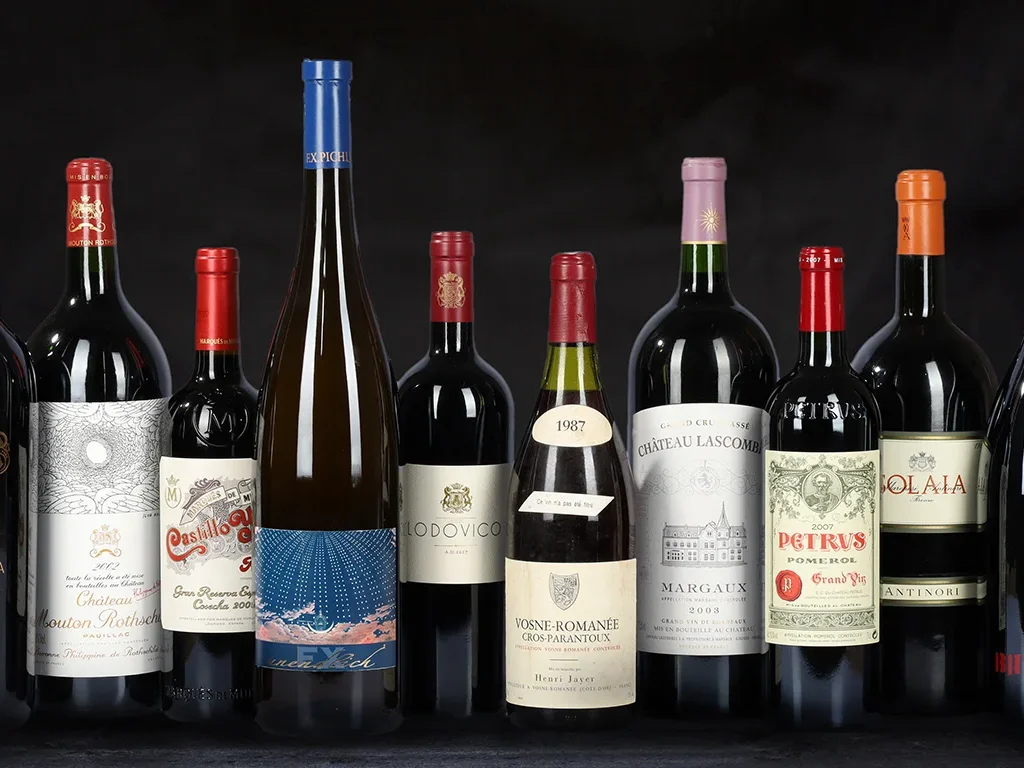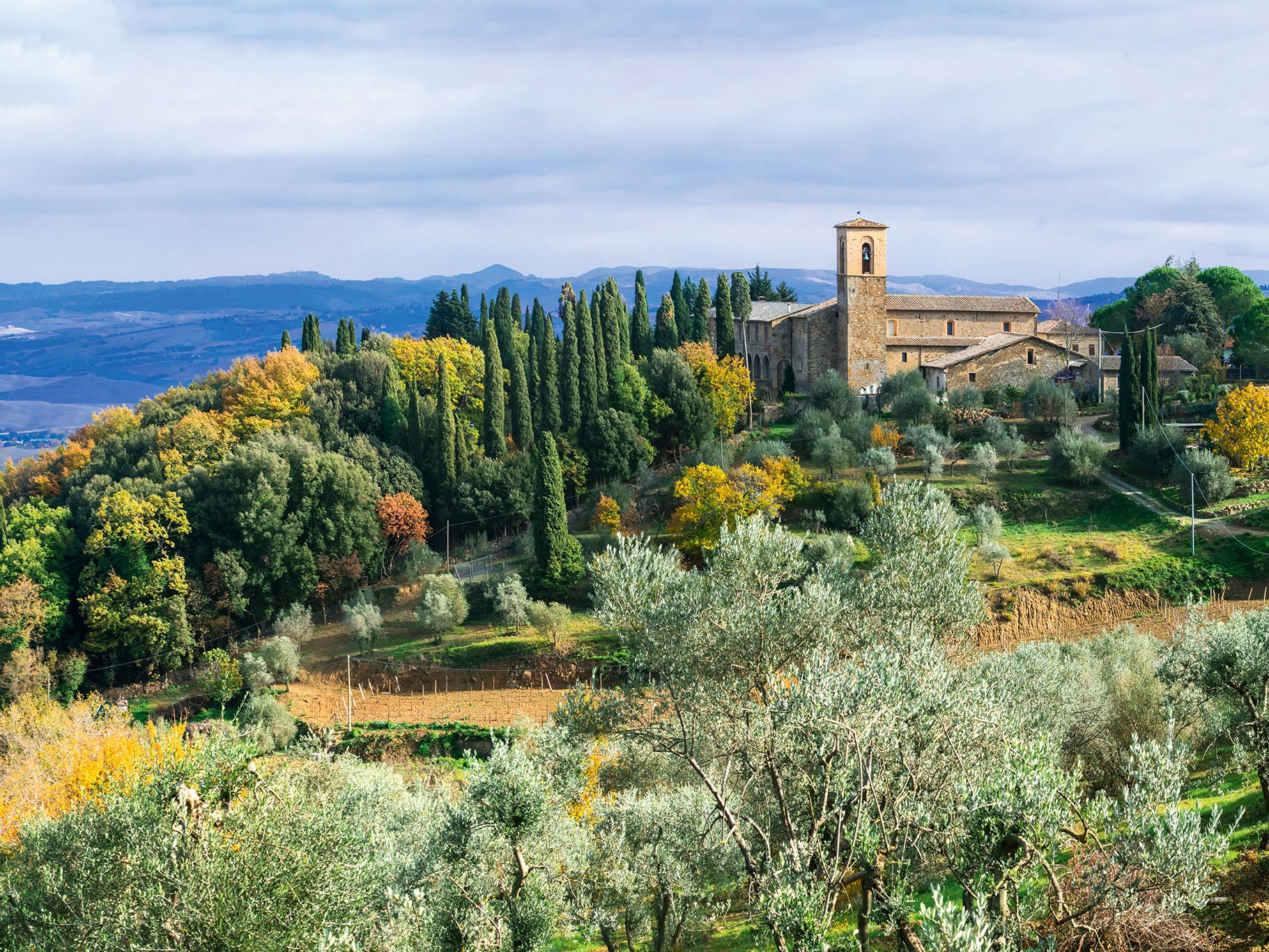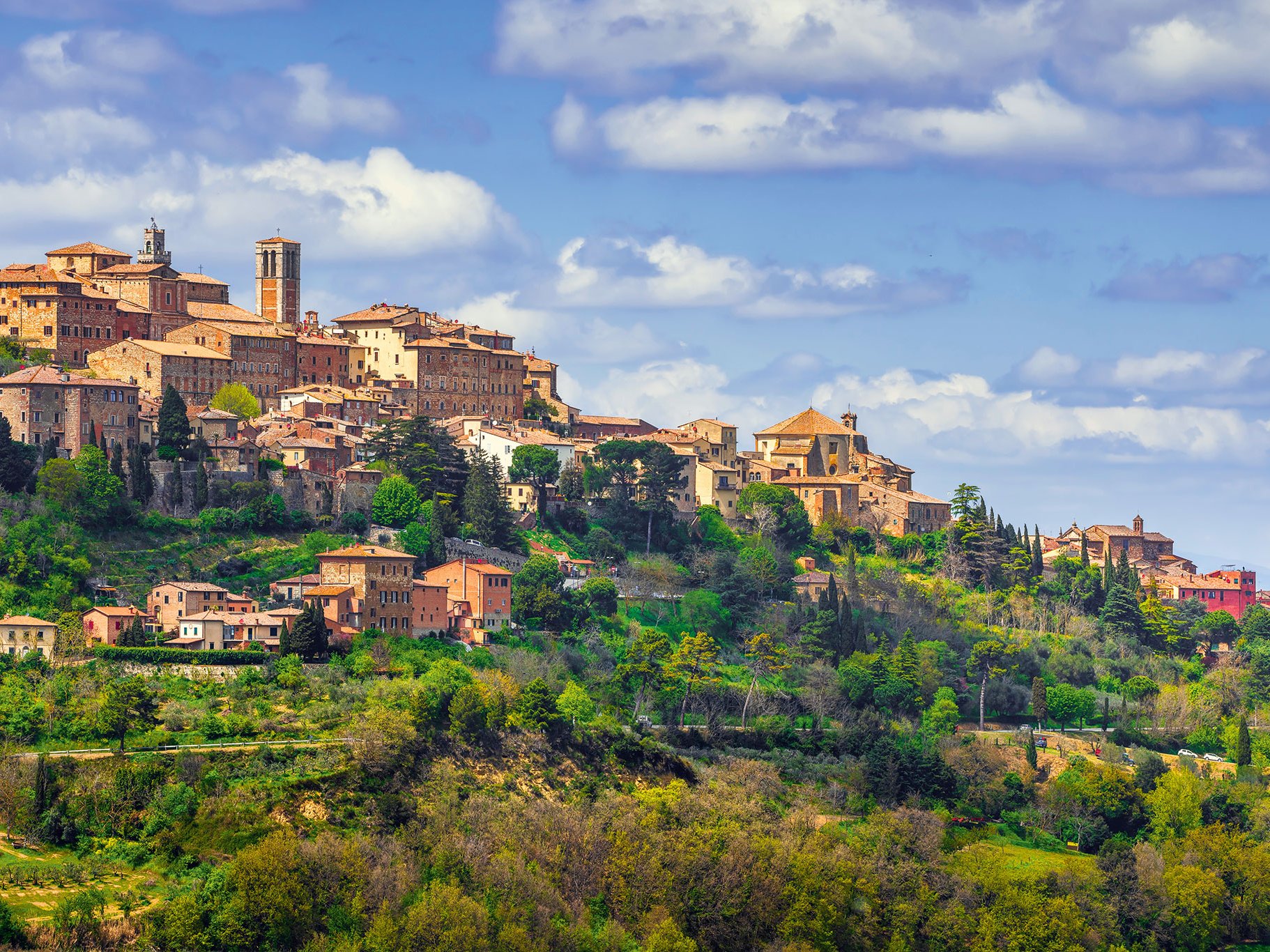Mexico is known for its agave distillates tequila and mezcal, but in fact, it is most likely the birthplace of viticulture in North and South America. As early as 1520, the Spanish conquistador Hernan Cortes is said to have initiated the planting of vines. And subsequently, from this geographical nucleus, viticulture expanded towards California and the south to Brazil, Chile, and Argentina. Casa Madero, founded back then in the highlands of Mexico, still produces wine today. French grape varieties were the preferred choice in the following centuries, so today's grape varieties are primarily Chardonnay, Sauvignon Blanc, Cabernet Sauvignon and Grenache. The only non-French variety to join the list is Tempranillo. Fifty thousand hectares are under vines in Mexico, but most of the grapes are used to produce sultanas. Only 2,500 to 5,000 hectares are devoted to viticulture. The best wines are produced in the northwest of the country, in Baja California, as the cooling influence of the Pacific is most noticeable in this region. The south is too close to the subtropical area. The production on the few hectares is low, but today some wines can compete internationally, such as some sparkling wines are also on par with Crémants from France. The investments of European producers such as Pedro Domecq or the Cognac house Martell prove that Mexico has further potential for excellent wines.
